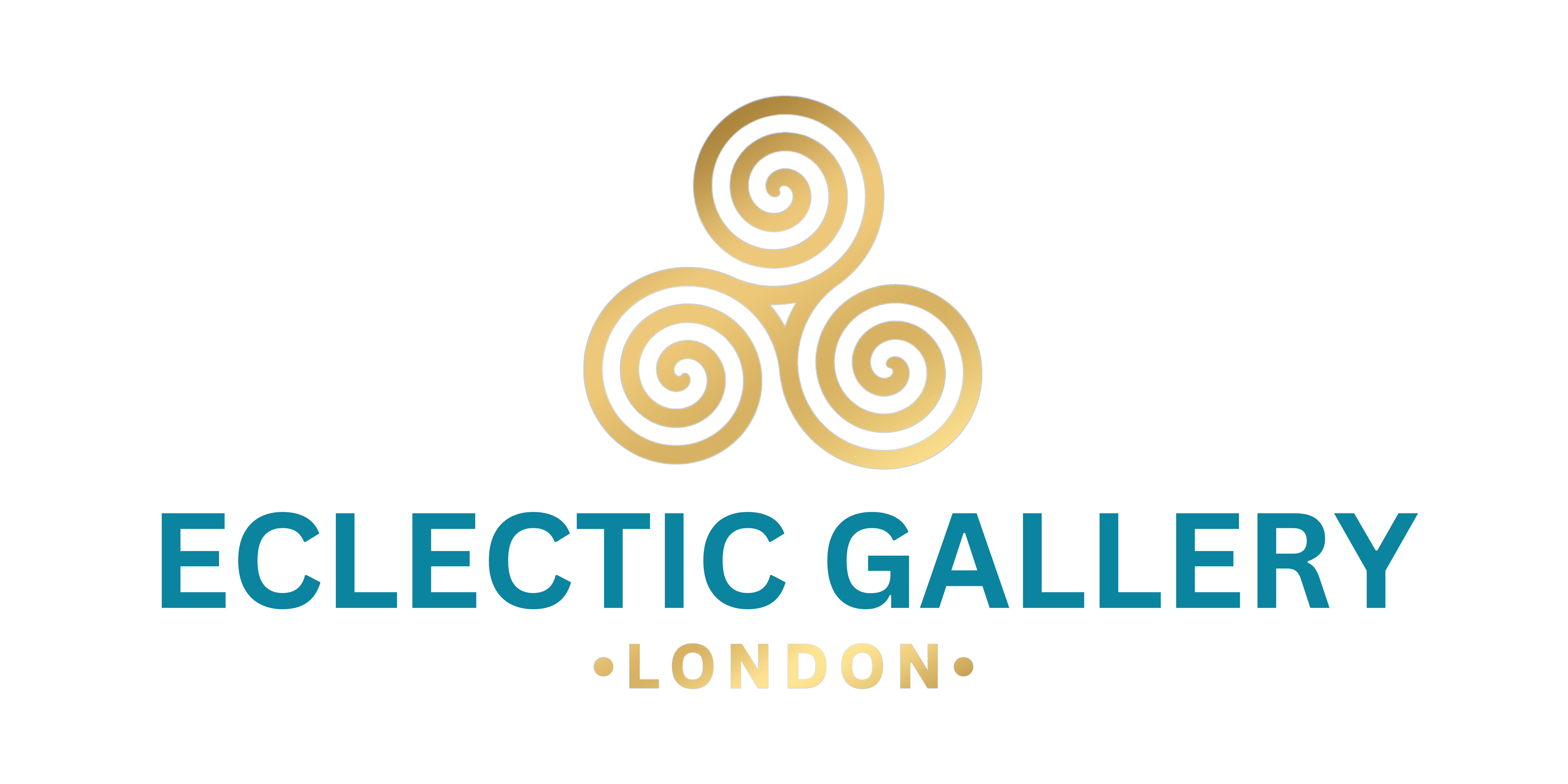Art and mathematics have long been intertwined, with artists drawing inspiration from mathematical concepts to create visually stunning works of art. In this blog post, we delve into the fascinating world where art meets mathematics, exploring fractals, algorithms, and geometric abstractions.
Fractals, intricate and self-similar patterns that repeat at different scales, are a captivating subject in both math and art. Artists often use fractal geometry to create mesmerizing artworks that evoke a sense of wonder and complexity. These fractal patterns can be found in nature, architecture, and even the human body, making them a rich source of inspiration for artists.
One artist who explores the beauty of fractals in his work is Seong-Gu Lee, represented by Eclectic Gallery. Through his sculpture series Solaris and Chiasme, Lee conveys his artistic vision, utilizing the concept of chiasmus to create mesmerizing geometric forms. Chiasmus, characterized by intersecting lines in the shape of an X, serves as the foundation for Lee's intricate sculptures, showcasing the elegance and complexity of fractal geometry.
In addition to fractals, artists also employ algorithms to generate complex visual compositions. By utilizing mathematical algorithms, artists can create artwork that explores randomness, chaos, and order in a captivating manner. These algorithmic artworks often blur the line between human creativity and computational processes, highlighting the intersection of art and technology in the digital age.
Geometric abstractions, another hallmark of mathematical art, involve the use of geometric shapes and forms to create visually striking compositions. Artists experiment with geometric patterns, symmetry, and proportion to produce artworks that resonate with viewers on both an aesthetic and intellectual level. From minimalist geometric designs to intricate tessellations, geometric abstraction offers endless possibilities for artistic expression.
The relationship between geometry and art is multifaceted, with geometry serving as a fundamental tool for artists to explore spatial relationships, symmetry, and proportion. Whether it's the golden ratio in classical art or the fractal patterns in contemporary sculpture, geometry plays a crucial role in shaping the visual language of art.
As we delve deeper into the intersection of art and mathematics, we discover the rich tapestry of ideas, concepts, and techniques that artists draw upon to create their works. From fractals and algorithms to geometric abstractions, mathematics provides artists with a diverse toolkit for exploring the beauty and complexity of the world around us.
In conclusion, the marriage of art and mathematics opens up new avenues for creativity and expression, challenging us to rethink our perceptions of both disciplines. Whether it's through the mesmerizing patterns of fractals, the algorithmic complexity of digital art, or the geometric precision of abstract compositions, artists continue to push the boundaries of artistic innovation, guided by the timeless principles of mathematics.


